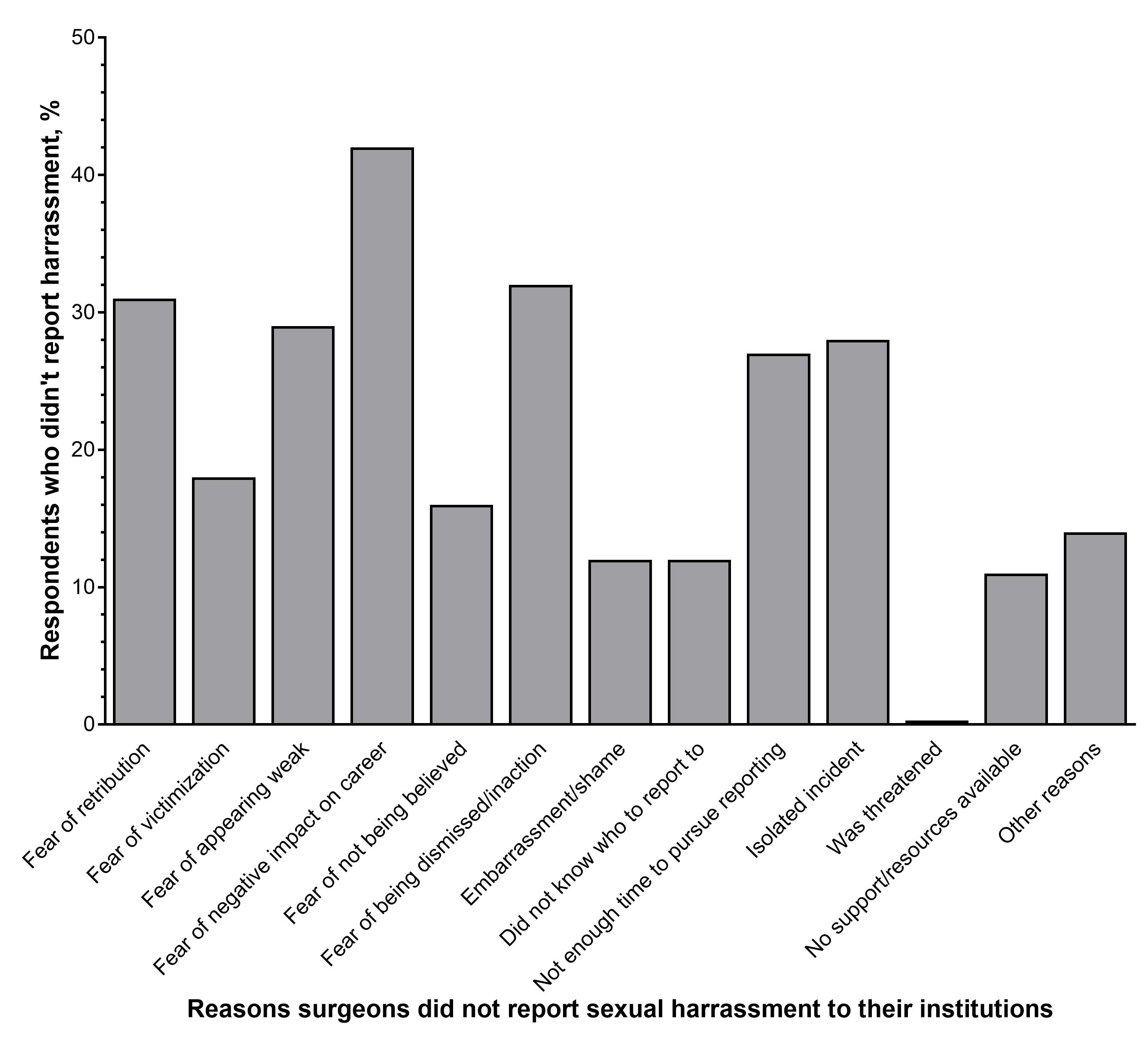J. Huang1, A. Chagpar1 1Yale University School Of Medicine,New Haven, CT, USA
Introduction:
Choosing between contralateral prophylactic mastectomy (CPM) and unilateral mastectomy (UM) is a personal decision, but the patient’s surgeon may influence this. We sought to determine how different patient-doctor communication strategies play into the decision-making process.
Methods:
Female unilateral breast cancer patients who had a mastectomy at a large academic institution were approached to participate in a survey regarding patient-physician communication and their decision between CPM and UM. Patient satisfaction with decision was measured using the 5-point Satisfaction with Decision (SWD) scale (higher = more satisfied). Non-parametric statistics were performed using SPSS version 24.
Results:
100 (91.7%) of 109 patients approached completed the survey and were included in this cohort; the median age was 49.5 years (range 29-82). 54 patients chose to undergo CPM (54%). 33 patients (33%) reported being recommended UM, 6 patients (6%) reported being recommended CPM, and 61 patients (61%) reported that their doctors employed shared decision-making (SDM), i.e., made no strong recommendation either way. The majority of patients who stated their doctors recommended UM chose UM (78.8%); similarly, 83.3% of those who stated their doctors recommended CPM chose CPM. Of the 39 patients whose doctors recommended a surgery, 8 patients (20.5%) did not follow their doctor’s advice. These patients were equally as satisfied with their decision as those who did follow their doctor’s advice (p=0.441). Compared to patients that followed their doctor’s advice, patients who did not tended to use a 2nd physician’s opinion (38.7% vs. 0%, p=0.042) as well as photos of cosmetic results (37% vs. 6.5%, p=0.049) in their decision-making process. There was no difference in age, race, education, insurance type, or income between patients who followed their doctor’s advice versus those who did not (p>0.05). Patients who reported engaging in SDM tended to choose CPM (68.3% vs. 30.8%, p<0.001). The mean SWD score of the entire cohort was 4.80 out of 5.00 (range 3.17-5.00). Patients who did not engage in SDM were similarly satisfied with their decision as those who did engage in SDM (mean SWD score 4.77 vs. 4.83, p=0.286). In terms of patient reported preferences for patient-physician communication, 12 patients (12%) preferred the doctor to provide a recommendation, 7 (7%) preferred to make the decision on their own, and 81 (81%) preferred to engage in SDM. Race, education, insurance type, income, and age did not differ between types of preferred communication strategies (p>0.05).
Conclusion:
When the physician provides an initial recommendation between UM and CPM, patients tend to follow it, while patients who engaged in SDM tend to choose CPM. While most patients state that they prefer to have physicians engage in SDM, patients were equally as satisfied with their surgical decision whether they engaged in SDM or not.








